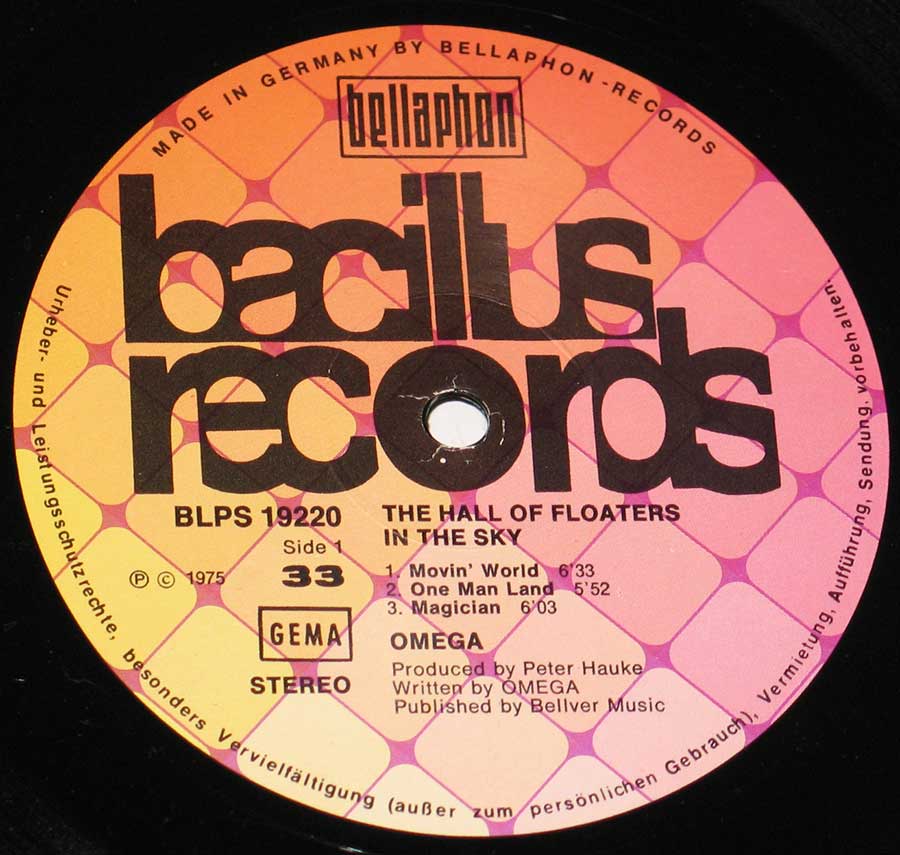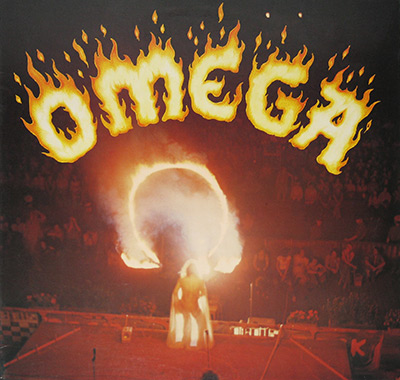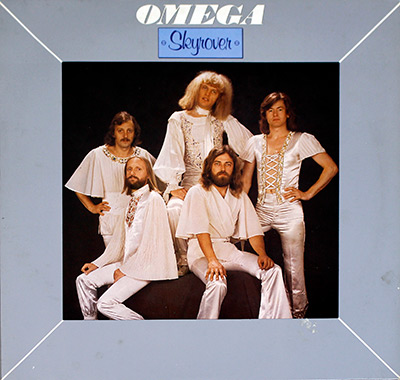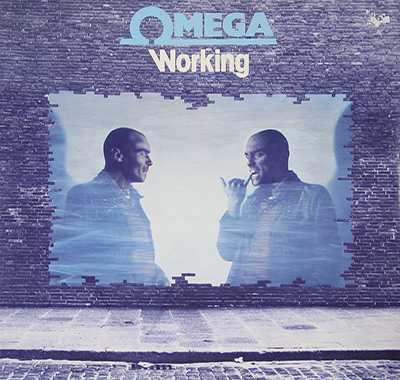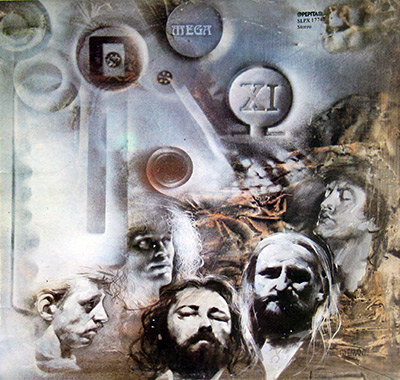Released in 1975, Hungarian rock band Omega's "The Hall of Floaters in the Sky" (BLPS 19220) became a significant landmark in their career and a testament to their ability to navigate the complexities of creating rock music within a communist state.
Historical Context and Musical Exploration
During the Cold War era, rock music was often viewed with suspicion by authorities in Eastern Bloc countries. Despite this, Omega managed to carve out a space for themselves by blending elements of progressive rock, hard rock, and psychedelia, creating a sound that resonated with a growing audience hungry for self-expression. The album's six tracks showcase the band's musical versatility, ranging from the energetic and anthemic "Movin' World" to the introspective ballad "Never Feel Shame."
Controversies and Creative Freedom
While the lyrics of "The Hall of Floaters in the Sky" often touch on themes of individuality, freedom, and social critique, the band was careful to avoid direct confrontation with the authorities. They employed metaphors and symbolism to convey their messages, allowing listeners to interpret the songs in their own way. This approach not only protected the band from censorship but also added depth and intrigue to their music.
Production and Studio
Recorded at the state-owned Pannónia Filmstúdió in Budapest, the album's production was overseen by Peter Hauke, a German producer known for his work with other prominent Eastern European rock bands. The studio's facilities provided Omega with the resources and technology needed to create a high-quality recording that could compete with Western productions.
Musicians and Their Contributions
The core members of Omega - János Kóbor (vocals), György Molnár (guitar), László Benkő (keyboards), Tamás Mihály (bass), and Ferenc Debreceni (drums) - each brought their unique talents to the table. Kóbor's powerful vocals and charismatic stage presence were complemented by Molnár's innovative guitar work and Benkő's atmospheric keyboard textures. The rhythm section, anchored by Mihály and Debreceni, provided a solid foundation for the band's sonic explorations.

